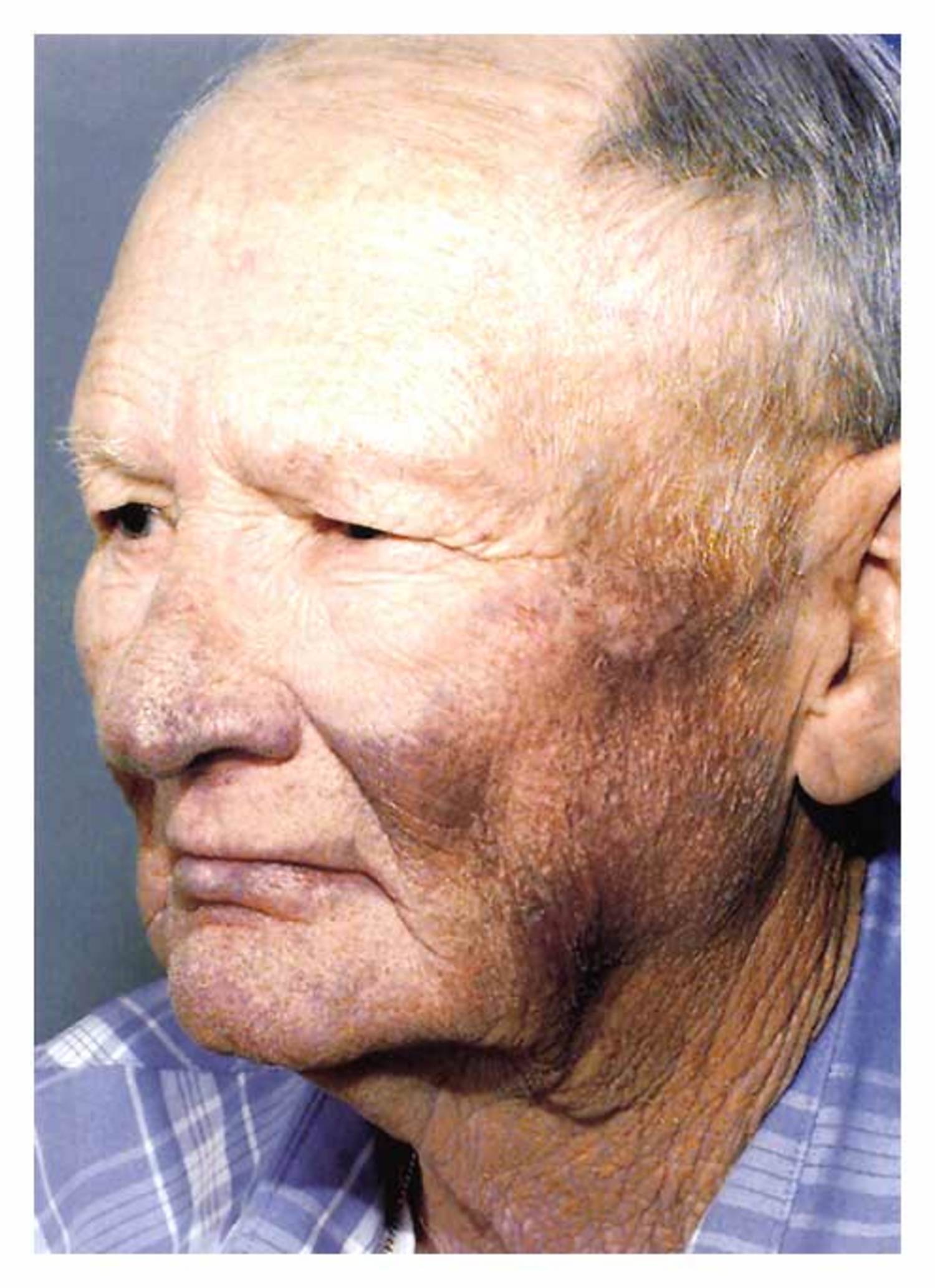What Causes a ‘Hair-on-End’ Skull?

Explore the striking 'hair-on-end' appearance on a skull radiograph. Understand the key differential diagnoses and the underlying pathophysiological process.
Read more
Diagnosing a Suspicious Skin Macule

An 81-year-old woman presents with a poorly circumscribed macule with variegated pigmentation. Explore the key diagnosis that must be excluded in such cases.
Read more
The Medusa’s Head Sign

A patient presents with prominent veins on their abdomen. What does this sign, known as caput medusae, indicate? Discover the diagnosis and treatment.
Read more
The Blue-Grey Man

A 61-year-old man presents with a strange blue-grey skin discoloration while being treated for an arrhythmia. Discover the cause of this unusual side effect.
Read more
When a Rash Affects Vision

A case of a painful facial rash leading to a left VI nerve palsy. Explore the diagnosis and management of this serious viral reactivation in the V1 dermatome.
Read more
A Case of Traumatic Ptosis & Mydriasis

A patient presents with ptosis and mydriasis after a traumatic head injury. Explore the differential diagnosis and key findings for a cranial nerve III palsy.
Read more
What’s Blocking the Flow?

Analyze an intravenous urogram showing right-sided caliectasis, a dilated ureter, and a filling defect. What causes these classic urological findings?
Read more
A Swollen Face and a Hoarse Voice

Explore the case of a 75-year-old man with cough, hoarseness, and facial swelling. Discover the critical diagnosis behind these alarming symptoms.
Read more
Puzzling Pruritic Papules

A 46-year-old woman presents with intensely itchy papular lesions in her axillae, groin, and buttocks. Explore the differential diagnosis for this pruritic rash.
Read more










